Features
SAKE CELLAR® was developed with the aim of ensuring that Japanese sake always tastes its best.
This cellar has been specially designed to preserve the original taste of premium sake.
Who is optimal storage temperature of sake important?
-
Ensures you can store premium sake in a way that prevents its quality from deteriorating
-
Ensures you can maintain the wonderful flavor of sake even after it is opened
-
Serving sake in its optimum condition has the potential to attract more customers who enjoy sake to your premises
-
SAKE CELLAR® provides you with a life style friendly, compact storage solution both sake and wine
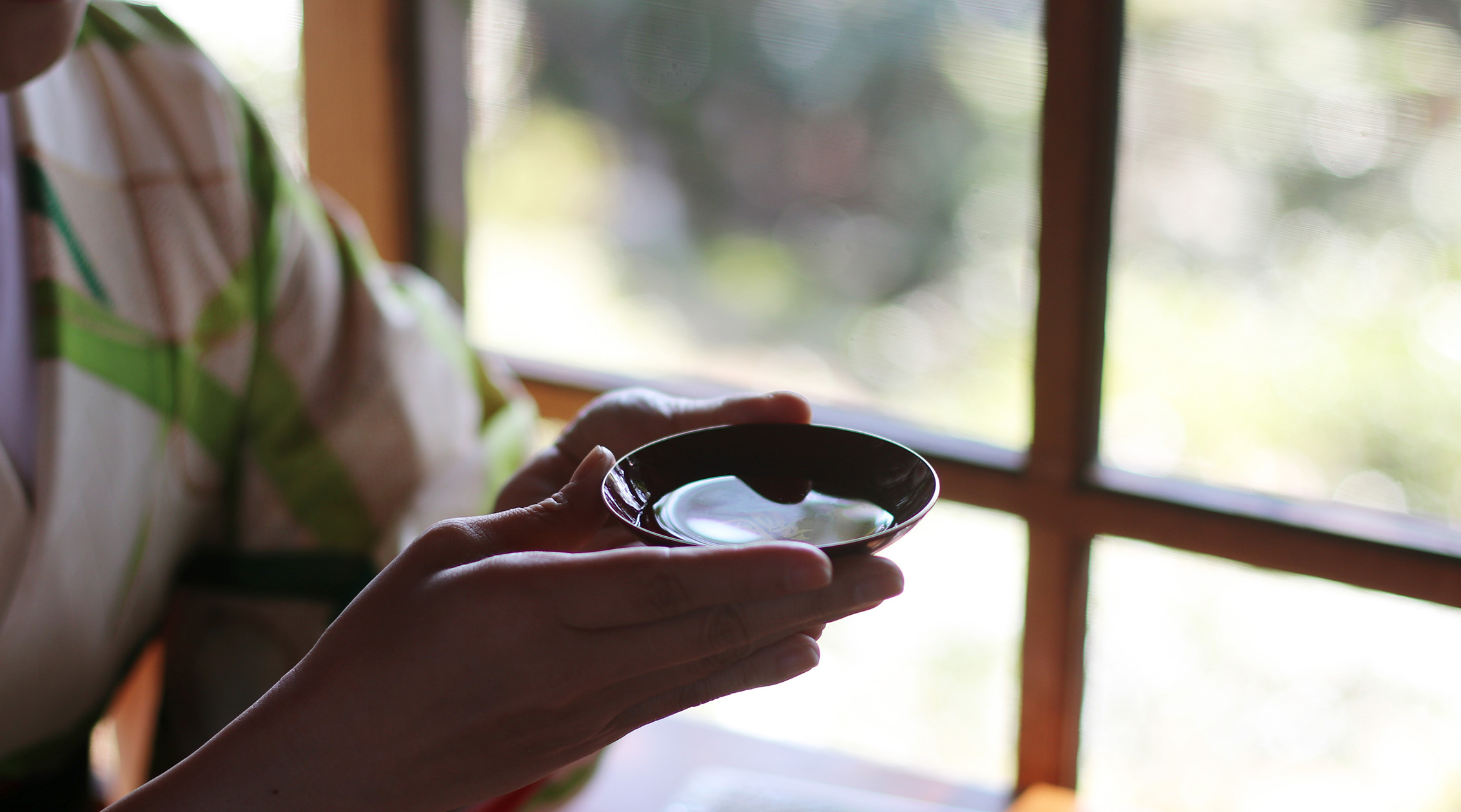
Professional-grade cellar developed for restaurants and private collectors
To preserve the wonderful flavor of sake before and after it has been opened
Five commitments
The cellar can be set to the ideal sake storage temperature of “-5℃”
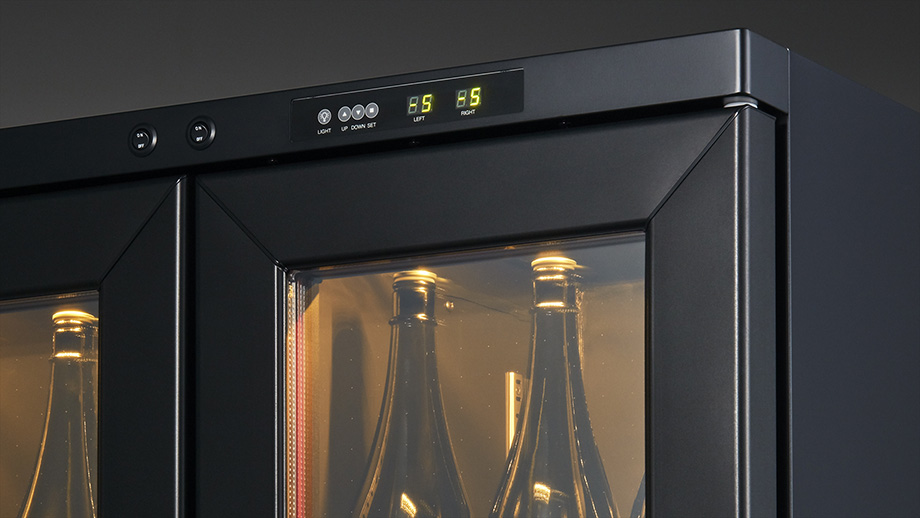
One important feature of SAKE CELLAR® is that it allows sake to be stored at a temperature of -5℃. By storing sake at a temperature of -5℃, you can enjoy sake with a quality close to that of sake served at breweries. The cellar’s temperature setting can be adjusted within the range of -5℃ to 20℃, and this wide range of temperatures offers the flexibility of using it to store sake, accelerate the aging process of a sake, or store premium wine alongside sake.
This cellar is designed to store up to 60 issho (1,800ml) bottles or 104 yon-go (720ml) bottles
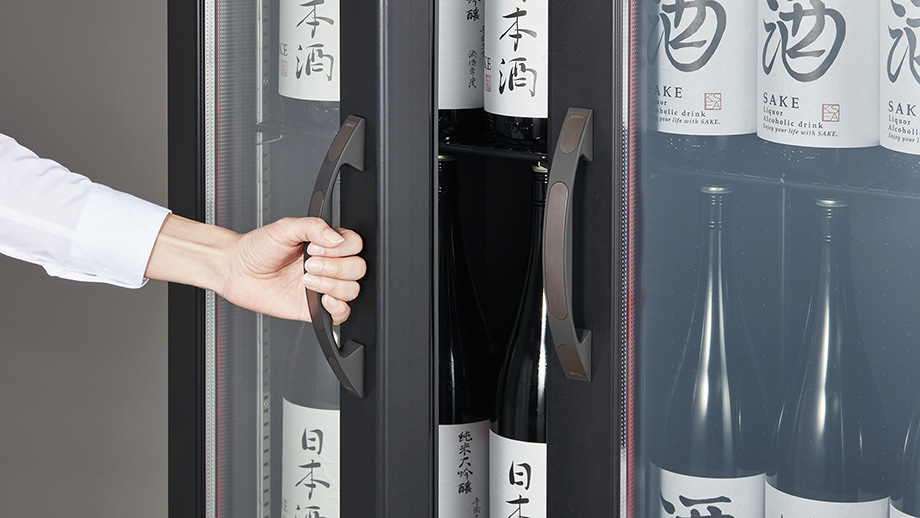
With its large capacity, SAKE CELLAR® can store up to 60 issho (1,800ml) bottles. When storing issho bottles, each compartment of the cellar can hold 30 bottles. For the more common yon-go (720ml) bottle, the cellar can store up to 104 bottles on their side with 52 bottles in each compartment. The height of individual shelves can be freely adjusted, offering flexibility in storing your bottles depending on your restaurant’s product lineup or your own private portfolio list.
You can store wine alongside sake at their respective optimal storage temperatures
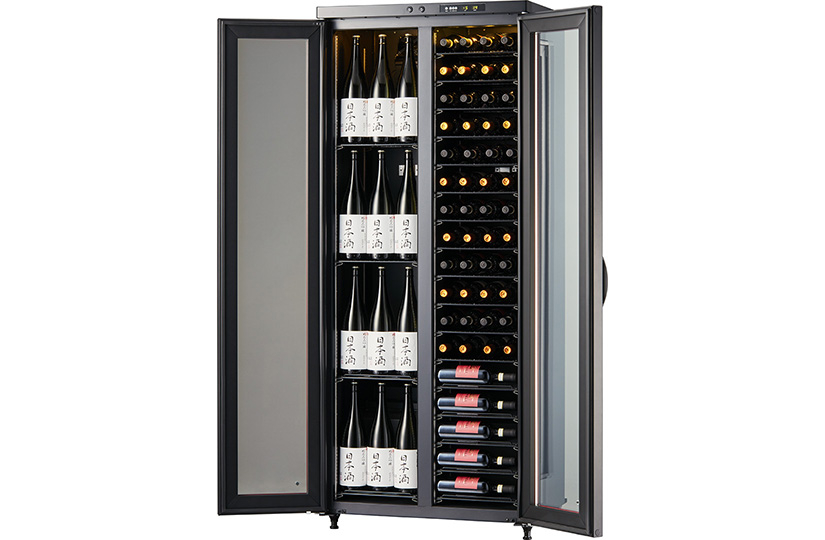
You can use SAKE CELLAR® to store wine alongside sake. One compartment of the cellar can be set to -5℃ for the storage of sake while the other compartment can be set to 14℃ to serve as a wine cellar for the storage of wine. This allows the same cellar to serve two different functions at the same time. As a wine cellar, it can store up to a total of 126 bottles. Equipped with excellent temperature control technology, using SAKE CELLAR® as a wine cellar even allows you to separate red wine from white wine, or full-bodied red wine from medium-bodied red wine, and store the different sets of wine at their respective optimal temperatures.
A design team comprising professionals with extensive expertise in sake and cellars
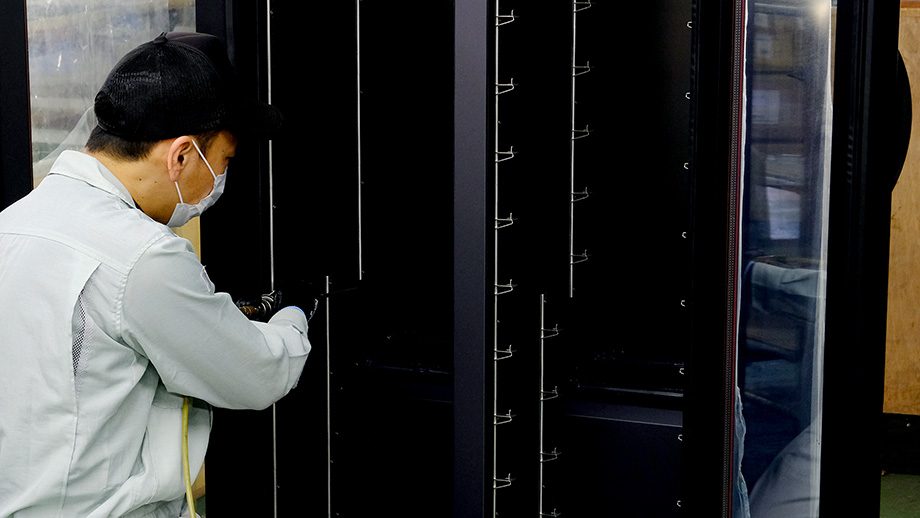
The birth of SAKE CELLAR® can be traced to the collaboration of three companies who came together to find a solution to the issue of temperature control for sake: JAPAN CRAFT SAKE COMPANY Co., Ltd., which is involved in bringing traditional Japanese culture to the global market through sake and traditional crafts; Altekna Co., Ltd., which has been deeply engaged in the development of sake cellars for many years; and Sakura Works Inc., which holds multiple patents for cellar management technology and has a proven track record in the sale of cellars in Japan.
An elegant Japanese-inspired door design that makes your restaurant exude class
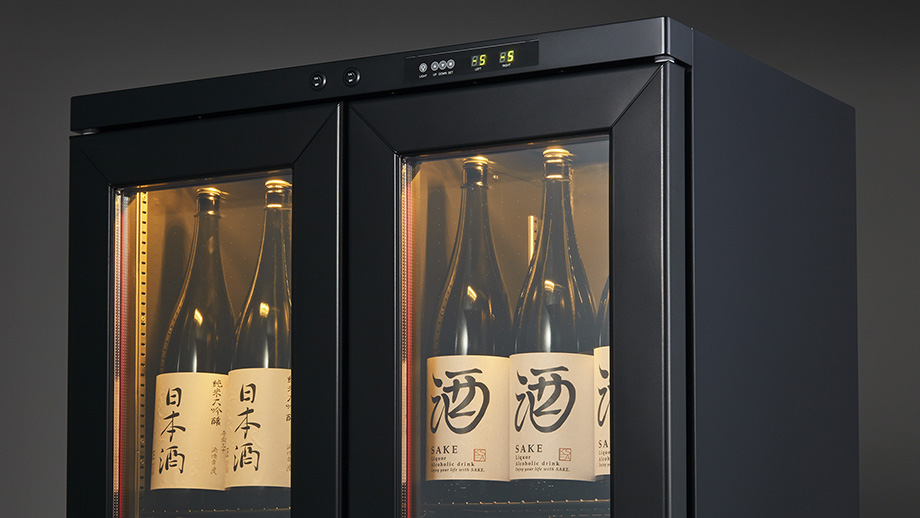
Each component of SAKE CELLAR® is painted individually with different textures to create a well-balanced and coherent product. The door frame of the cellar is processed with a proprietary fine-grain painting technology to achieve a matte-texture design. The main frame of the cellar is finished with charcoal gray instead of black to avoid an excessively heavy feel. The Japanese-inspired door design offers the perfect visual interest for a cellar that has been designed for the storage of premium sake.
Support
-
When installed in the restaurant hall, etc., it is OK not to connect a ground. In areas where there is a risk of electrical shock or condensation, such as in an underground room, or when it is installed in an area where water is used or could get on the cellar, the cellar should be grounded.
Connect the ground wire to the ground connection screw at the bottom of the back of the cellar. -
The cellar is expected to last about 10 years. The useful life will differ depending on the installation environment, usage conditions, and individual differences, so this is only a guideline. This is a mechanical product, so problems may occur, but a certain period is covered by the manufacturer warranty and a servicing system is also in place.
-
Water drain equipment is not required. Water is drained to an evaporation pan on the backside from where the water naturally evaporates